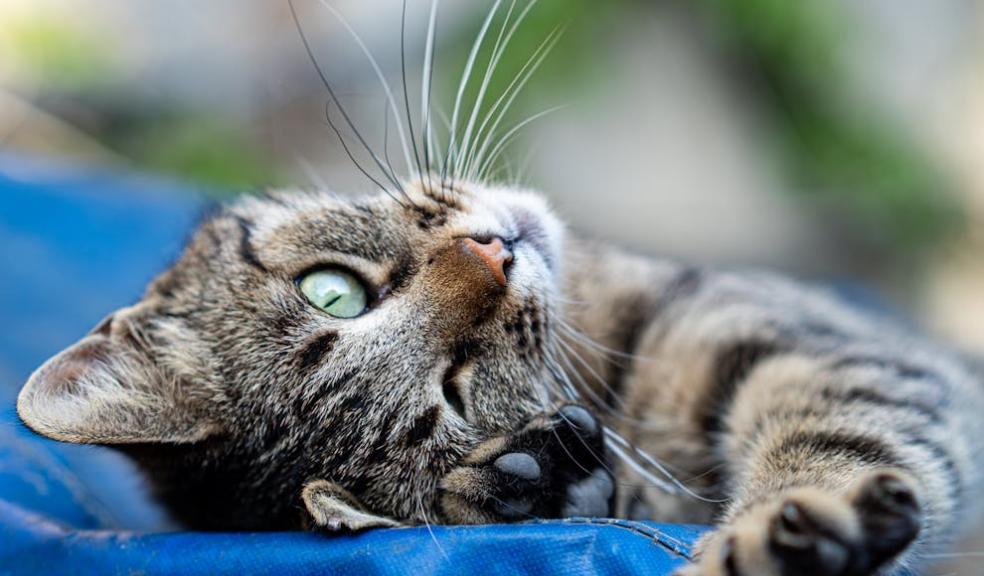
Modern Treatment Approaches for Cat Diabetes: What Every Vet Should Know
Feline diabetes is more common than ever before. Feline lifestyle, diet, and obesity all play their part. Many cats suffer from insulin resistance, glucose instability, and chronic complications.
Feline diabetes treatment methods are evolving quickly. Modern cat diabetes treatments are giving vets better control and flexibility. With better insulin options and new SGLT2 inhibitors, care is becoming more specific to each diabetic cat’s needs.
Diabetes care is no longer just about proper medications. It's about smart monitoring, owner education, and targeted therapy. This article explains how veterinary professionals and practitioners can incorporate these approaches for better feline outcomes.
Insulin For Diabetic Cats
Insulin remains the cornerstone of treatment in diabetic cats. It regulates blood glucose and prevents fatal spikes. Regular treatment is necessary for most cats; consistency and timing are the most important considerations while treating diabetic felines.
The following are the major categories of insulin used in feline medicine:
- Glargine (Lantus): Constant and long-acting.
- Protamine Zinc Insulin (PZI): Convenient for modifying glucose profiles.
- Detemir (Levemir): Strong, stable, and best suited to experienced users.
Each diabetic cat reacts differently to insulin. The right choice depends on factors such as glucose curves, diet, and body weight.
Owner involvement also matters when treating diabetic cats. Training owners to give injections and recognize low blood sugar can significantly improve a cat’s recovery. Even though cats still need insulin, new treatments are making it easier to manage diabetes and improve their care.
SGLT2 Inhibitors: A New Adjunct Therapy
SGLT2 inhibitors are changing diabetes care in cats. These medications help the body get rid of extra sugar through urine, so the cat doesn’t have to rely only on insulin.
These medications help stabilize blood sugar and can even support mild weight loss. When the conditions are right, they make diabetes care simpler for both vets and owners.
These treatments work best in cats with mild to moderate diabetes and healthy kidneys. However, careful monitoring is very important. Dehydration or a urinary tract infection may occur during diabetes treatment in cats, but this is rare.
For insulin-resistant and complex patients, veterinarians and vet techs can learn feline-specific diabetes management strategies by joining the Vet and Tech webinar online. It is a platform that offers case-based webinars as well as online veterinary learning resources for all vet professionals, practitioners, and students.
Veterinary professionals can explore the latest in feline diabetes care at the London Vet Show 2025, featuring expert sessions, product showcases, and networking opportunities.The event also lets international vendors present feline diabetes products like glucose monitors, insulin pens, and specialized diets.
Participation with DVM Central at London Vet Show 2025 will help vendors and manufacturers gain insight into reaching the U.S. veterinary market.
Once treatment starts, monitoring is the next important step. Ongoing monitoring ensures treatment remains on track and helps identify potential problems before they arise.
Clinical Monitoring and Follow-Up
Monitoring is the core of all feline diabetes treatment plans. Even the best insulin or medication does not work well without regular monitoring.
A good plan entails:
- Glucose curves (weekly initially, then monthly).
- Fructosamine testing for long-term control.
- Weight monitoring to track progress.
- Urine testing for ketones or infection.
Monitoring glucose levels at home is also important. Many owners now use glucose meters designed for pets, but they need proper training to get accurate results.
Numbers on glucose meters just tell part of the story. A cat’s behavior suggests the rest. Appetite, hydration, and energy levels help gauge how well treatment is working. Tracking all that data can be tough, though. That’s why technology is stepping in to help veterinarians manage diabetic feline cases more efficiently.
Using Technology for Enhanced Case Management
Today's cat diabetes care is more than just medication. It's also about the way vet professionals gather and utilize data. Keeping track of glucose readings, diet changes, and vet visits can become challenging. However, the latest technologies and platforms, such as Acorn.vet, have made it easier.
Vet professionals can organize diabetic cat medical history data, monitor progress, and facilitate smoother communication with pet owners, all with the help of veterinary scribe software . Moreover, vet professionals can create SOAP notes more easily and keep case records organized with the help of such platforms.
Undoubtedly, technology can’t replace experience, but it can improve it. When record-keeping runs smoothly, vets have more time to concentrate on the patient. Proper record-keeping with smart tools, such as Acorn.vet, enablespersonalized cat care to be possible. Each cat is different, and so should be the treatment.
Personalized Feline Diabetes Care
No two cats with diabetes are alike. Each has its own metabolism, reactions, and requirements. The best diabetes treatment in cats is one that's suited to the individual.
Pairing insulin with SGLT2 inhibitors provides more options for vets. Pairing with diligent monitoring and proper diet makes for a whole care package. The objective isn't merely stabilizing sugar levels; it's a healthy, happy cat.
Still confused about taking care of a diabetic cat? Here is a checklist for feline diabetes care.
Feline Diabetes Care And Treatment Checklist
- Select the appropriate insulin type based on the cat's response and lifestyle.
- Consider SGLT2 inhibitors as an adjunct for appropriate patients.
- Perform regular in-clinic and home monitoring consistently.
- Monitor diet, activity, and glucose readings consistently.
- Educate owners about signs of hypoglycemia and insulin handling.
- Utilize veterinary scribe software such as Acorn.vet to keep records simple and monitor progress effectively.
- Stay current with new feline diabetes treatments and current research.
Future treatment will depend increasingly on continuous glucose monitoring and genetic information. Every diabetic cat deserves the opportunity to live a normal, happy life. With today’s treatments and proper care, that goal is achievable. Now that we’ve discussed everything, let’s wrap things up with the final thoughts.
Final Thoughts
Cat diabetes is no longer as threatening as it once was. The proper mix of insulin therapy, SGLT2 inhibitors, and monitoring can allow most cats to live active, comfortable lives. It takes balance, patience, and diligence.
Vet medicine is changing rapidly. New drugs and treatments are making it simpler to treat feline diabetes. There is a move from merely managing sugar levels to improving the cat's overall health. Every dose, meal, and check-up counts.
The prognosis for cat diabetes therapy in the future looks good. Continuous glucose monitoring and enhanced data allow vets to make better-informed choices. With contemporary care and better-educated pet owners, diabetic cats can live longer, healthier, and happier lives.







